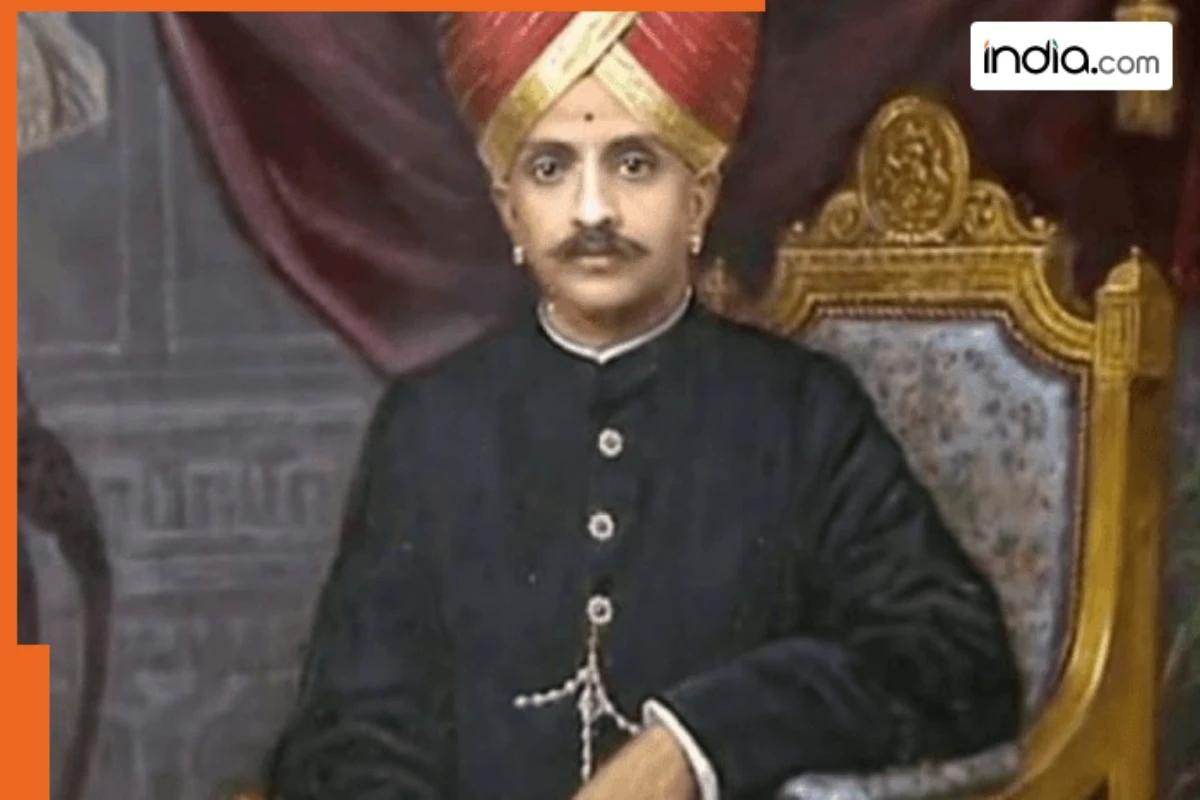New Delhi: India’s history is studded with the stories and legends of queens and kings who made a mark for themselves in their own unique ways.
They either introduced reforms in the society or stopped some bad practices. Overall, their focus was on public welfare and service to their subjects. One such king was Maharaja Krishnaraja Wadiyar IV of Mysore, the twenty-fourth Maharaja of Mysore, who reigned from 1902 until his death in 1940. His might not be a popular name, but his acts of kindness, empathetic nature, and desire to serve his citizens speak a lot about his towering personality.
He was a king who touched the lives of people and always strived to make them better.
About Maharaja Krishnaraja Wadiyar IV
Krishnaraja Wadiyar IV was born on June 4, 1884, in the grand Mysore Palace. He was just 11 years old when he became king in 1895. His mother, Kempananjammanni Devi, was the Maharani of Mysore and later queen mother and regent of the Kingdom of Mysore until her son took full charge at the age of 18 years in 1902.
Wadiyar IV was very different from many kings. He received both Western and Indian education and wasn’t interested in living a luxurious life. He could speak English, Kannada, and Sanskrit, and was a patron of arts who earned praise from Lord Curzon, then Governor-General of India. Lord Curzon was very impressed by his vision.
Mysore witnessed exceptional overall progress
Under Krishnaraja Wadiyar IV, the Mysore kingdom witnessed a revolutionary transformation for better, and it became one of the most progressive states in the world. He created ample opportunities for his people and advocated equality as he banned untouchability and stopped child marriages for girls under eight years. He granted scholarship to widowed women, and he donated Rs 60 lakh every year from his personal wealth to help disabled children.
Krishnaraja Wadiyar IV established the Mysore Social Progress Association in 1915 and launched one of the earliest reservation policies. After an official calculation of the condition of backward classes in 1918, he reserved 25% of government jobs for non-Brahmins. It was a very bold and courageous step at that time.
A champion of modern technology and education
He had an amazing foresight, and he delved on creative and practical ideas and schemes as was observed by Lord Curzon, then Governor-General of India. You will be amazed to know that Under Wadiyar IV, Mysore became a pioneer in technology and in 1905, Bangalore became the first city in Asia to be fully electrified using hydroelectric power. This earned him the moniker ‘Krishnaraja Bhoopa, Mane Mane Deepa’, which means ‘the king who lit up every home’.
He worked extensively in the field of education. Primary education became compulsory by 1915 and within 12 years, i.e. by 1927, the state’s education budget sprung from Rs 6.9 lakh to Rs 46.8 lakh, helping more than 5 lakh students across 8,000 schools.
He wanted the future generations to be educated irrespective of their social and economic status. He helped in setting up Mysore Sanskrit College for which he gave 10 acres of land to Sir CV Raman for his research institute and donated 400 acres to Jamsetji Tata for what would later become the Indian Institute of Science (IISc) in Bengaluru.
A talented musician, artist, and poet
Mahatma Gandhi once called Wadiyar IV a ‘Rajarshi’, meaning a ‘saintly king’. He was a talented musician as he could play instruments like the violin, veena, saxophone, and mridangam.
He was a patron of art and artists of his time such as Gauhar Jan and Abdul Karim Khan. He promoted yoga legend T. Krishnamacharya and helped him in taking yoga to the global stage. He wrote poetry in Kannada which shows how much profoundly he was proud and connected to his people and culture.
A generous king
He passed away in 1940. That time, his net worth was estimated at Rs 57,901 crore (adjusted for today’s value). But he was a king who always put his people at the forefront and did everything possible for their welfare. The Krishna Raja Sagar Dam is one such powerful example which was built by the funds provided by him. When money ran out, he sold his own personal jewels in Mumbai to make sure the dam was completed. The dam is a gift to the people that still serves millions today.
